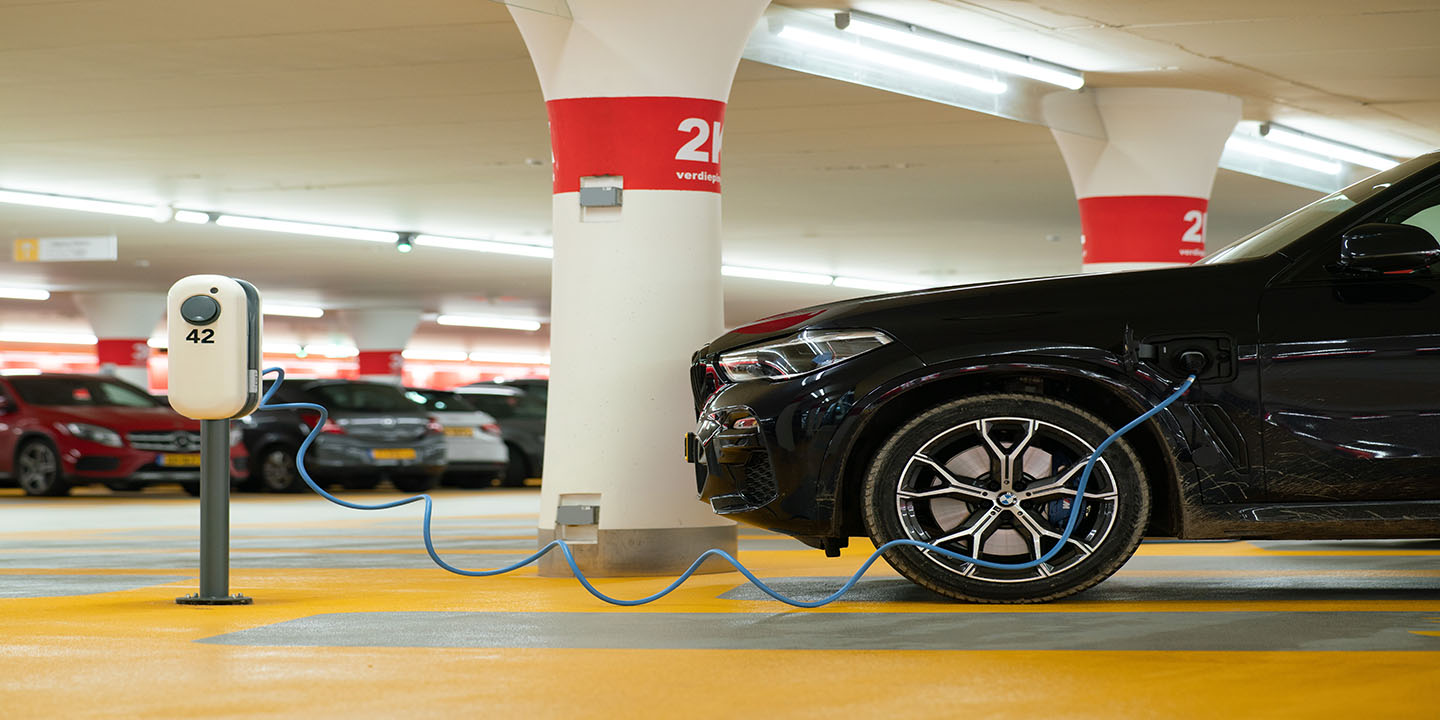Clearing Up Auto Insurance Confusion
Although many people have convinced themselves that they know all of the ins and outs of auto insurance, it's only a matter of time before they find out the hard way that what they believed wasn’t true. And to make things trickier, each state has its own set of requirements. So, let’s clear up some common myths about auto insurance and get to the facts you need to know!
1. Red Cars Cost More
It’s widely believed that red cars have higher insurance rates, but that’s not true. Insurance companies don’t consider color when calculating premiums. Instead, they focus on the car’s make, year, safety features, theft rates, and repair costs; at the same time, some sports cars indeed cost more to insure.
2. Insurance Covers Any Belongings
When a break-in occurs, it’s easy to assume your auto insurance will cover the stolen items. In reality, personal belongings like laptops or tools are not covered under most policies. Auto insurance is intended to cover the vehicle, not its contents.
3. Minimum Coverage Is Enough
Although state-mandated minimum insurance fulfills legal obligations, it rarely offers full protection. The liability limits differ by state, typically covering just a small part of potential accident costs. Medical expenses and legal fees can easily surpass the minimum coverage.
4. Comprehensive Insurance Covers Everything
The name “comprehensive” sounds all-encompassing, but this type of coverage is limited to non-collision incidents. It won’t cover damages from an accident where you hit another vehicle or object. That falls under collision insurance.
5. Older Drivers Pay More
Age does affect car insurance rates. Young drivers tend to get higher rates because of their lack of experience and higher accident risk. Once drivers reach middle age, their rates often decrease, mainly if they maintain a clean record.
6. Insurance Follows The Driver
Car insurance follows the vehicle. If you lend your car to a friend and they get into an accident, your insurance will be responsible for the damages. However, if an uninsured driver causes accidents in your vehicle, you could be financially responsible.
7. No-Fault Insurance Means You’re Never To Blame
No-fault insurance simply means that each driver’s insurance pays for their medical expenses, and it doesn't matter who caused the crash. Not all states follow this system. Some use traditional liability rules, while others offer a "choice no-fault" option to let drivers decide which system they prefer.
8. Credit Score Doesn’t Affect Rate
In many states, insurers base their assessment of risk on credit-based insurance scores, as data shows a correlation between lower scores of credit and increased claim filings. However, states like California, Hawaii, Massachusetts, and Michigan prohibit or restrict using credit scores to determine rates.
9. Insurance Covers Rental Cars
Renting a car comes with a common assumption that personal auto insurance will cover it. While this is sometimes true, coverage depends on your policy and the rental agreement. Some personal auto policies extend coverage to rental cars, but there may be exclusions or limitations.
10. Rate Increases After Every Claim
While significant accidents or multiple claims within a short period can lead to rate hikes, minor incidents may not have any impact. Many insurers have accident forgiveness programs that allow drivers to maintain their rates after a first-time accident.
Now, it’s time to focus on the facts that matter. Some of these might surprise you, and a few could even save you money. Let’s set the record straight on what counts in auto insurance.
1. Roadside Assistance Is Not Automatic
Being stranded because of a dead battery or a flat tire is stressful, but not every insurance policy includes roadside assistance. Many drivers assume it’s a standard feature, but it’s often an optional add-on. Without it, towing, jump-starts, and lockout services come out of pocket.
2. New Cars Aren’t Always Pricier To Insure
A shiny new car may seem like it would result in high insurance costs. Modern vehicles, though, often come equipped with advanced safety features such as lane-keeping assist and systems designed to prevent collisions. These can lower accident risks and reduce insurance premiums.
3. Your Job Affect Insurance Rates
Many drivers do not realize that their profession can influence their car insurance premiums, but this isn’t a universal rule. Some insurers consider occupation when assessing risk, as certain jobs are linked to safer driving habits. However, not all insurers use this factor, and some states limit or prohibit the practice.
4. Personal Auto Insurance Does Not Cover Business Use
A standard auto insurance policy won't cover accidents that occur during work-related activities. Commercial auto insurance is needed for businesses that rely on vehicles. Relying on personal coverage while using a car for business could expose a driver financially.
5. Parking Location Change Rates
Where you park your car overnight can change how much you pay for insurance. Vehicles kept in a locked garage usually have lower premiums than those parked on the street. Urban areas with high crime rates or frequent accidents tend to have steeper insurance costs.
6. Marital Status Influence Insurance Costs
Being married might lower your car insurance rates. Insurers often view married drivers as more responsible and less involved in filing claims, leading to potential discounts. However, the difference varies by provider and state. Marriage is one of many personal factors insurers consider when determining rates.
7. A Lapse In Coverage Can Raise Your Premiums
Letting an auto insurance policy lapse can increase rates when coverage is reinstated. Insurers view lapses as a risk factor and may consider uninsured periods as an indication of financial instability. You should set up automatic payments or reminders to avoid unexpected gaps in coverage.
8. Shop For A Better Rate Anytime
You do not have to wait for your renewal date to explore better options. If you find a more competitive rate, you can switch insurers mid-policy, though it is wise to check for any cancellation fees. Regularly comparing rates ensures you are getting the best deal available.
9. Low Mileage Can Mean Discounts
Many insurers offer low-mileage discounts because fewer miles on the road mean a lower chance of accidents. Some companies even provide usage-based programs that track driving habits for potential savings. It is worth asking about mileage-based discounts if you work remotely or rarely drive.
10. Insurance Rates Are Not Permanent
Factors like improving credit or bundling policies can help lower costs. Likewise, rate increases may happen due to claims, violations, or changes in the insurance market. Periodically reviewing your policy can help you make adjustments that keep your coverage both effective and affordable.



























